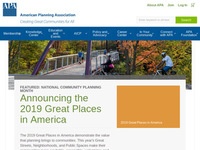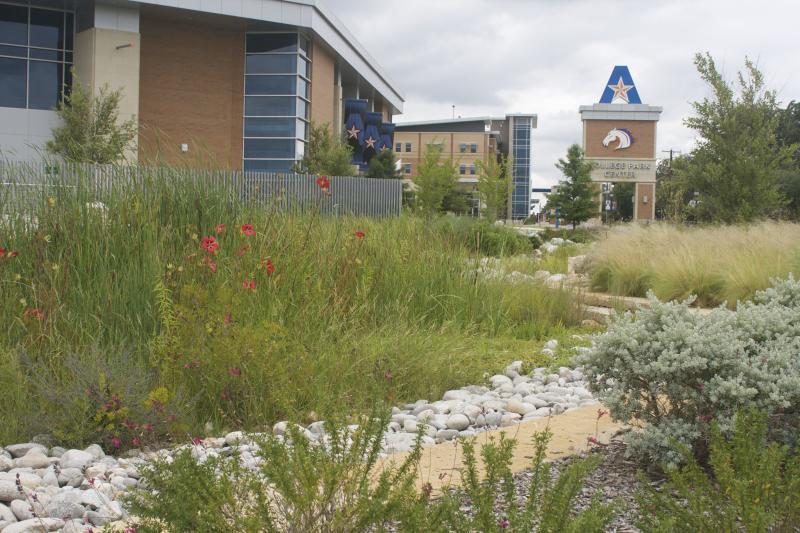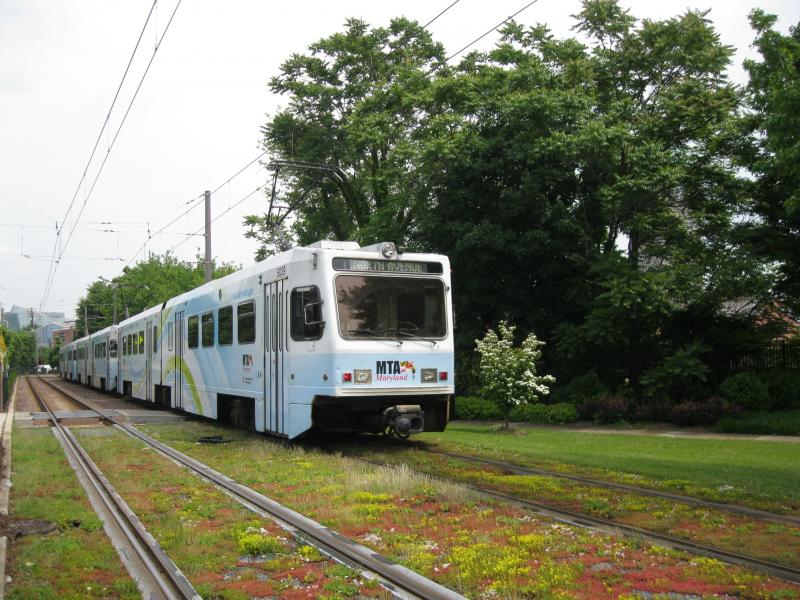Water
Water is a valuable resource that should not be wasted. The North Texas area is rapidly growing in population and by 2070, the Region C Water Planning Group anticipates that the total water demands for the region are to increase 71 percent. On a region-wide basis, Region C does not have enough water supplies to meet the anticipated demands, with the vast majority of deficits occurring in the municipal category. Below are case studies, tools, and resources offering guidance to local governments, educational institutions, and public and private entities on strategies to reduce water use and increase water efficiency across many sectors.








